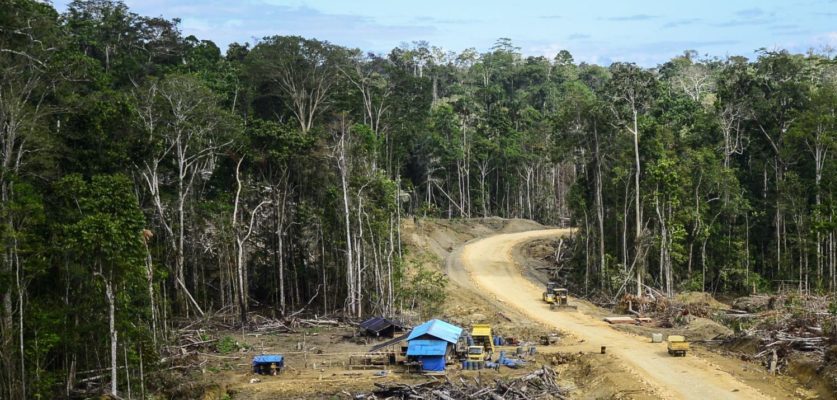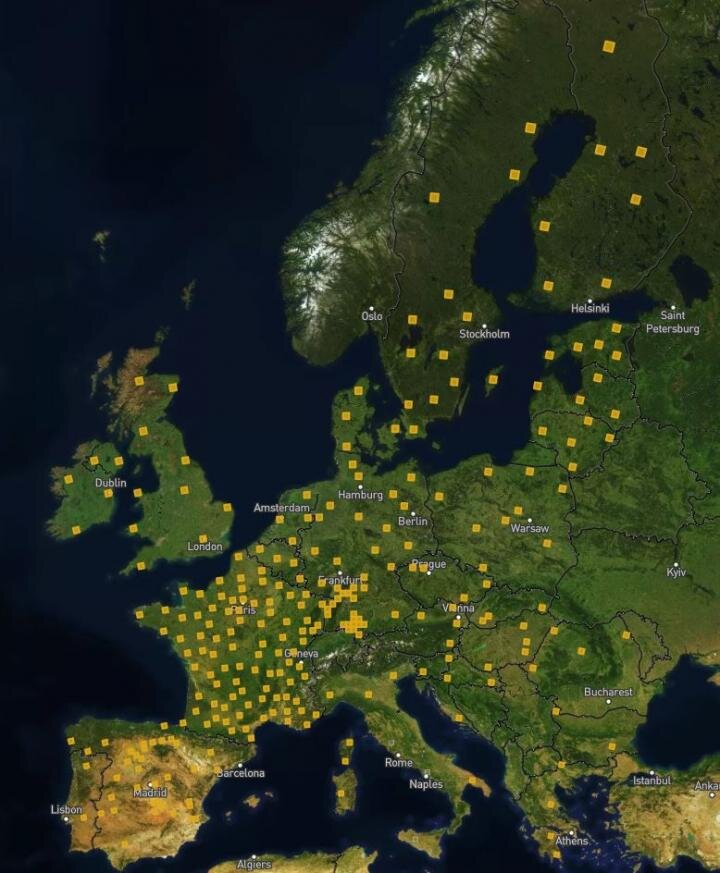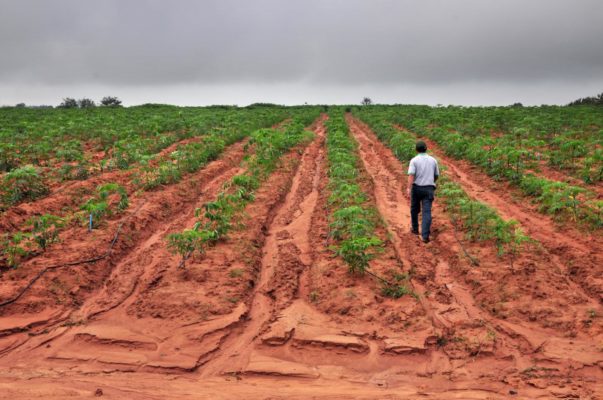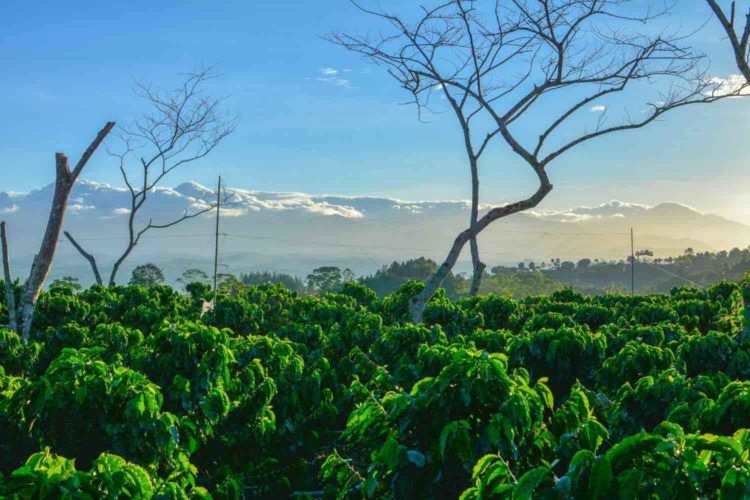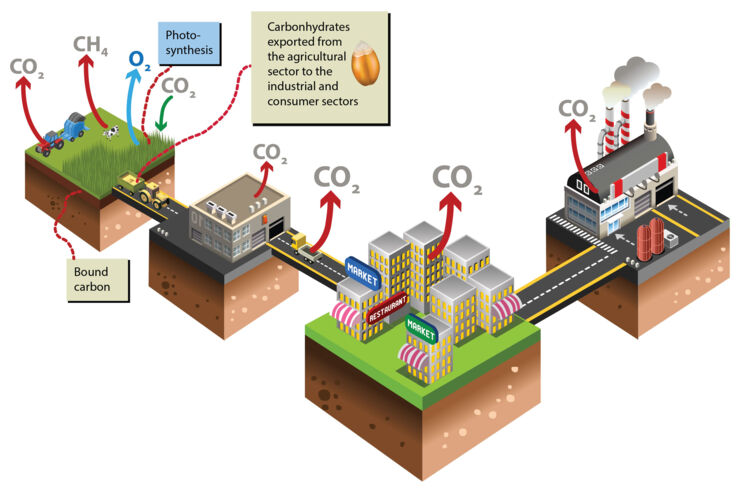
The UN’s Intergovernmental Panel on Climate Change (IPCC) claims that agriculture is one of the main sources of greenhouse gases, and is thus by many observers considered as a climate villain. This conclusion, however, is based on a paradigm that can be questioned according to a new article.



